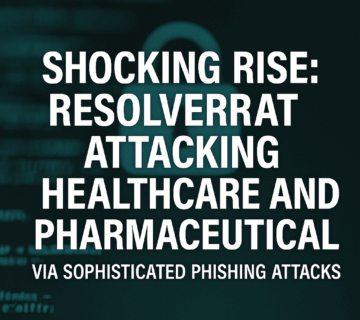
Phishing Protection Strategies: Defending Against Deceptive Cyber Threats
Phishing protection strategies are essential for safeguarding organizations against one of the most common and deceptive forms of cyberattacks. These strategies involve a multi-layered approach, including employee training, advanced email filtering, and multi-factor authentication (MFA). Educating staff to recognize suspicious links and attachments is critical, as human error remains a primary entry point for attackers. Implementing domain-based message authentication protocols like SPF, DKIM, and DMARC enhances email integrity. Regular phishing simulations and incident response planning further strengthen defense. By proactively addressing vulnerabilities, organizations can significantly reduce the risk of data breaches, financial loss, and reputational damage caused by phishing attacks.
